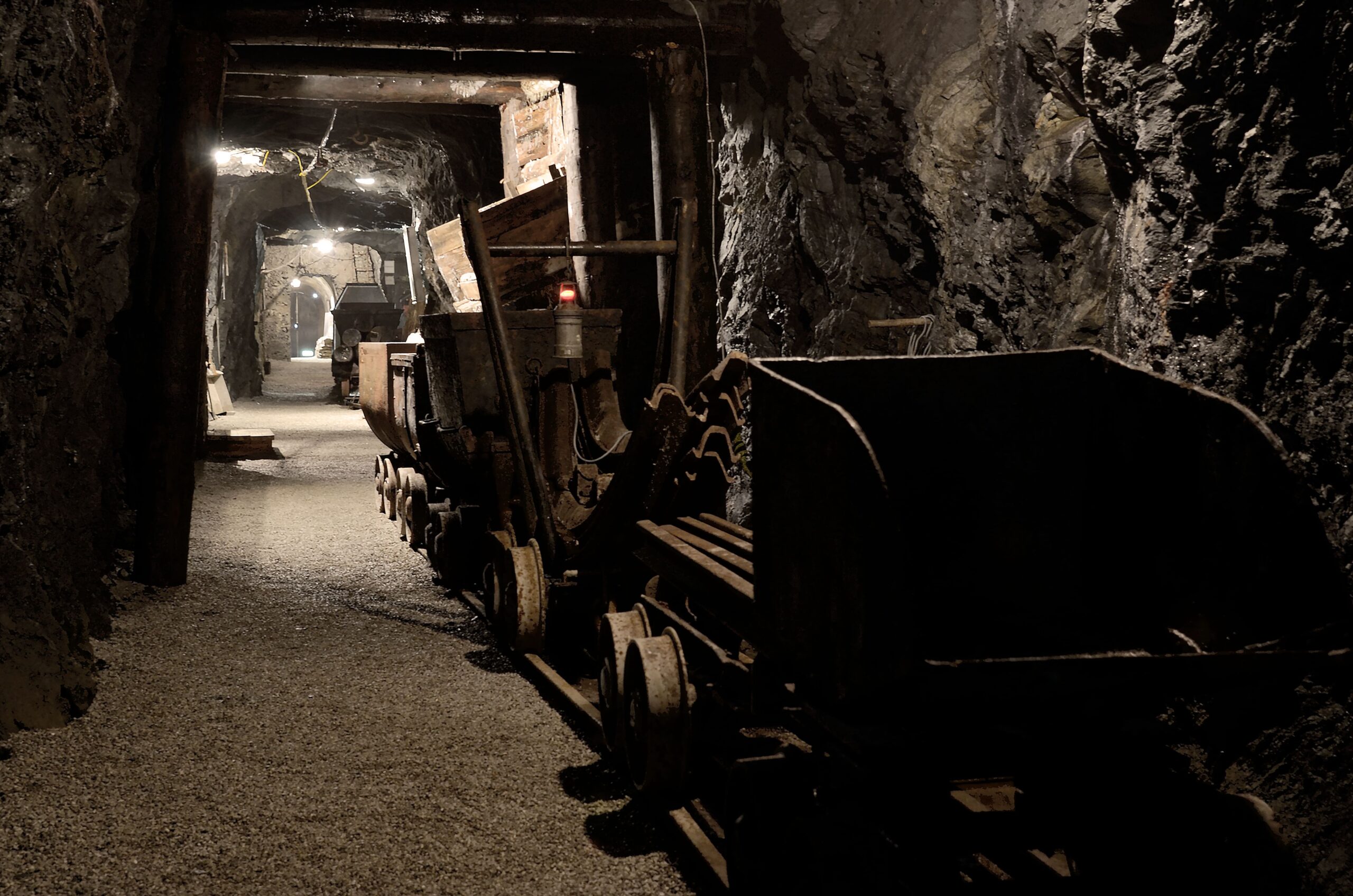Mariahilf Mountain House
In 1829, the first brick building, the
"Mariahilf-Berghaus“ (now the Berghof), was
constructed and enlarged to its current
size in 1846. On the roof beam – a piece
of which is now embedded as a balcony
support – next to the year 1846, you can
find the initials of the mining pioneer
Hutmann J.Z. (Josef Zötl) next to a
hammer and pick, representing the initial
letters of the carpenters at the time, as
well as the letters G.G.G., meaning "Gott
gib Glück“ or "God gives luck.“
In the interior of the house, on the ground
floor, there was a large kitchen with a
five-meter-long stove in the middle of
the room. The stoveplate had a long row
of cooking holes where the workers could
prepare their simple meals.
Each miner had his lockable food
chest where the provisions were stored.
Adjacent to the kitchen was the 8x8
meter dining and lounge area. A wooden
staircase from the kitchen led to the 105
m² sleeping room on the first floor. This
room was heated by trapdoors set in the
floor, allowing the heat from the kitchen
to rise to the upper floor.
In 1931, the building came into the
possession of the Radacher family and is
now used as guest accommodation.
Kids
The railway in the mountain - The pit shunt
A mine shunt was a special wagon used in mining. It helped to bring the ore or other materials out of the mountain. These wagons travelled on rails through the dark tunnels. In the beginning, people or animals pulled them, later machines helped.
The mine hoists were strongly built so that they could withstand the harsh conditions in the mountain. The rails they travelled on were like an early type of railway. They made transport safer and easier for the Miners.
The railway in the mountain - The pit shunt
A mine shunt was a special wagon that was used in mining in the past. Its task was to bring the mined ore and other materials from the deep tunnels of the mountain to the surface or to transport them to a collection point. These wagons were pulled on rails, initially by people or animals, and later by machines.
The mine hoists were built very sturdily to withstand the harsh conditions underground. The rails they travelled on were an early form of railway track. They helped the miners to bring the ore to the surface safely and efficiently.
The railway in the mountain - The pit shunt
A mine shunt was a transport wagon used in mining. It was used to transport the mined ore or other materials from the tunnel in the mountain to the surface or to a collection point. These wagons were pulled through the tunnels on rails, either by people, animals or later by mechanical drives.
The mine hoists were typically made of wood or metal and had a robust construction to withstand the harsh conditions underground. The rails on which the mine hoists travelled were an early form of railway line and contributed to the efficiency and safety of transport.



